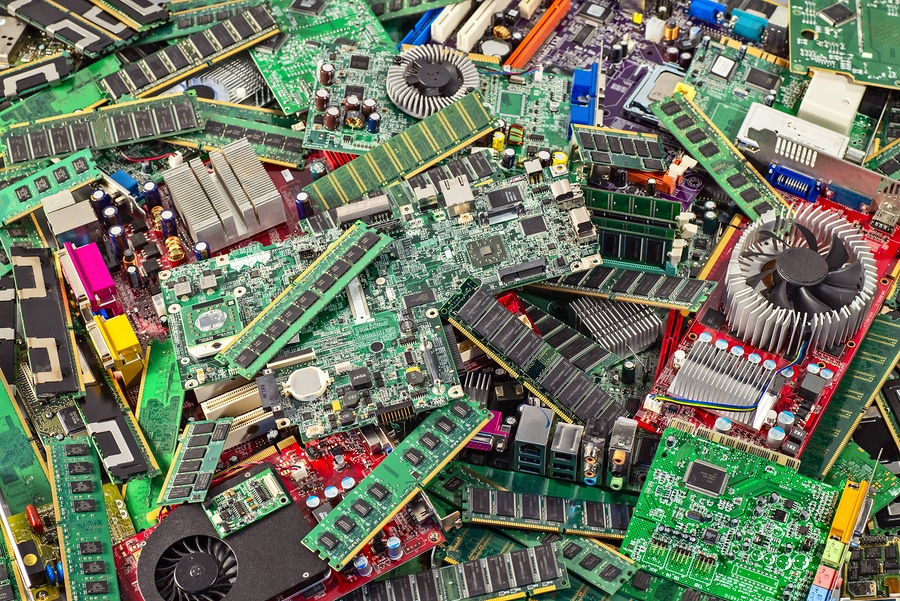Retiring vs Disposing of Assets

Although IT devices are often designed to last for many years with proper maintenance, from a purely mechanical standpoint, they can quickly become obsolete due to technological advances that render older equipment unsafe or otherwise undesirable to continue using (as when manufacturer support is discontinued, for example). At this point, your Sioux Falls, SD will have to decide what to do with such devices.
When devices are no longer usable for some reason, their life cycle takes a turn. They can either be retired or disposed of. What’s the difference and why is it an important distinction for businesses?
What is IT Retirement?
Asset retirement, in general, revolves around the point at which an asset is permanently removed from service. In the case of IT equipment and devices, this could include instances where hardware is lost, stolen, damaged, decommissioned, or simply rendered obsolete due to replacement. Whether you take IT equipment out of service or it occurs due to factors beyond your control, assets that are retired enter a state of limbo, whereby they are still in your possession, but no longer usable.
This creates a somewhat risky situation for your company as your focus shifts to usable assets and their life cycle and value proposition, leaving the question of what to do with outdated devices. If you decide to store them, the danger is that they could be subject to theft by both internal and external sources, putting your company at risk for data retrieval, identity theft, data breach, and so on.
If IT assets are lost or stolen, the best you can hope for is a remote wipe or possible recovery if you’ve been proactive and installed suitable software. When you elect to retire devices, the onus is on you to minimize risk factors with speedy remarketing or disposal.
What is IT Asset Disposition?
IT asset disposition (ITAD) has to do with disposal of IT equipment and devices. There are two ways this can be accomplished in keeping with applicable privacy and environmental laws. The first is to shred hard drives and devices that contain data, effectively eliminating potential access or retrieval of any kind.
There are several rules and regulations related to this task, including federal, state, and sometimes local privacy laws, as well as industry standards (HIPAA for healthcare information, FACTA for financial data, etc.). Once shredding is complete, hardware will be recycled if possible and you should receive a Certificate of Destruction and Recycling as proof for your records.
Assets could also be thoroughly wiped of data, again, in keeping with privacy laws and standards, and remarketed for the purposes of return on investment. Just because you’ve decided to upgrade equipment doesn’t mean your old IT assets can’t enjoy a second life by serving the needs of a new owner.
It’s important to understand the distinction between retiring and disposing of assets so you can act responsibly to protect your company and consumer data. When your Sioux Falls, SD business is ready to dispose of IT equipment and devices, contact the experts at SEAM at 605-274-7326 (SEAM) or online for a quote.
SEAM provides IT recycling and data destruction services including onsite shredding and hard drive wiping to South Dakota, North Dakota, Minnesota, Iowa, and Nebraska.
Schedule a pickup or contact us for more information.





